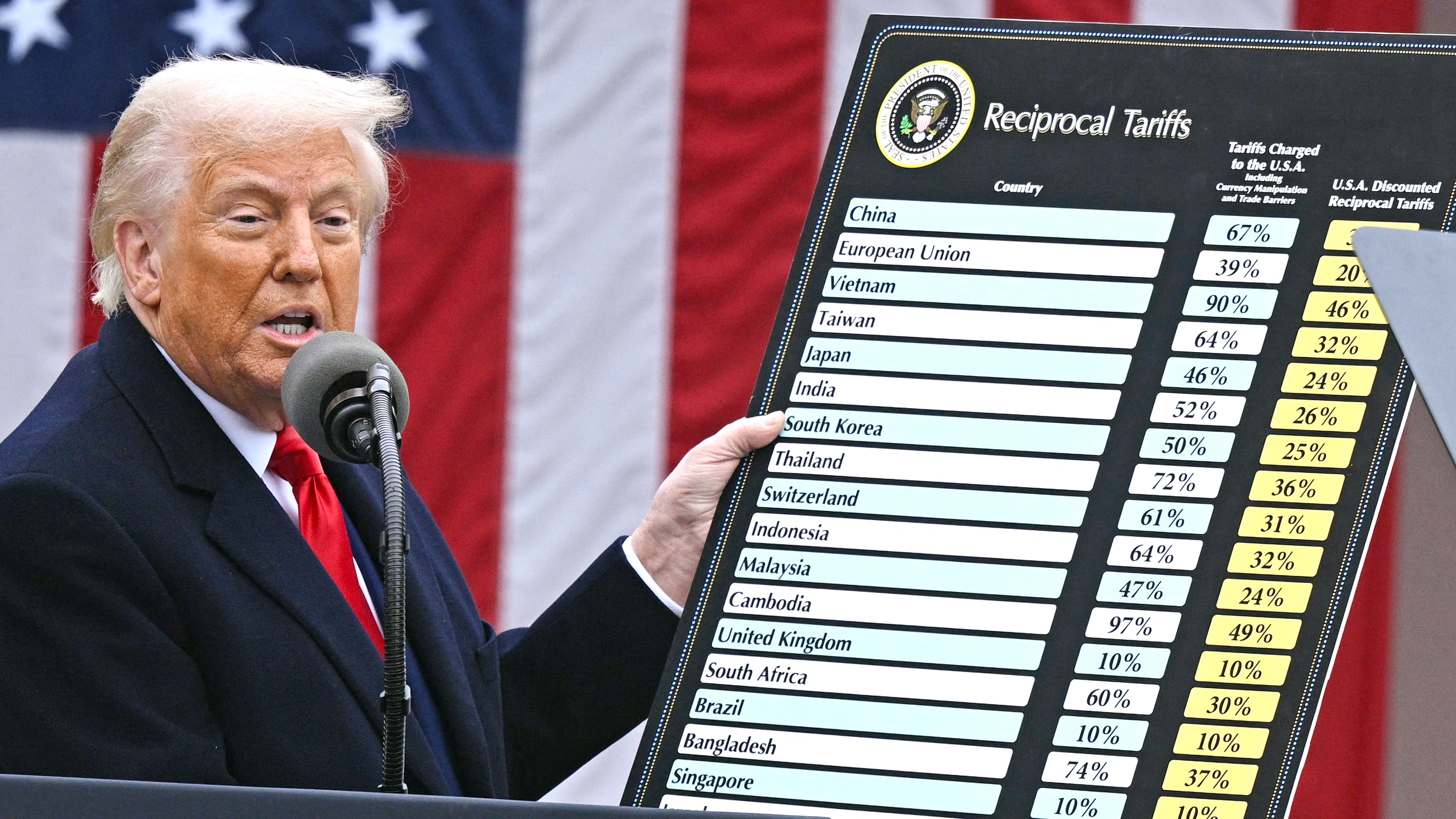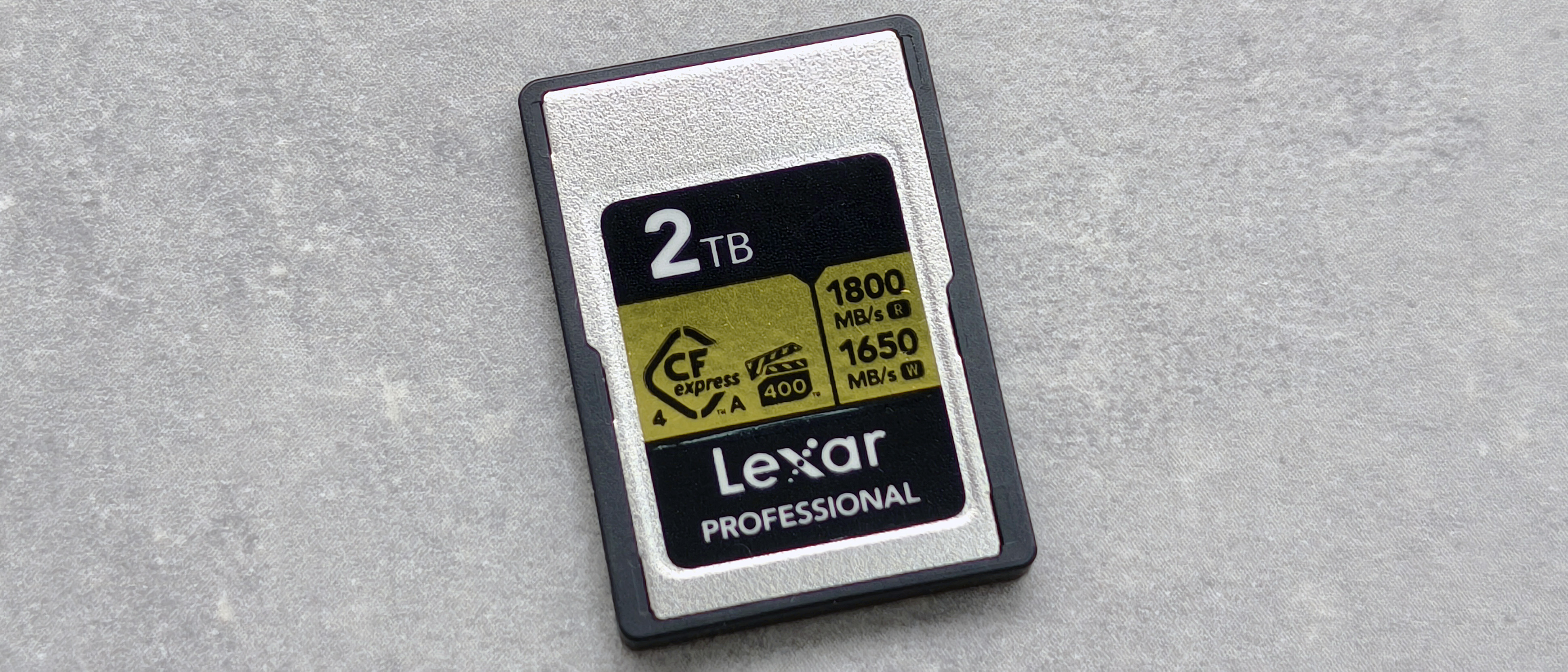Bad news, photographers: The trade war between the US and Japan just escalated
Tariffs for Japan are scheduled to increase to 25 percent, but the White House says the 10 percent pause will be extended until August

As the expiration for the temporarily lowered ten percent reciprocal tariff rate nears, US President Donald Trump has warned Japan that it could face an even higher tariff rate beginning in August. With many key camera brands headquartered in Japan, the move could factor into camera and lens prices that have already begun to escalate in the US.
On Monday, July 07, Trump wrote letters to Japan, Malaysia, and several others telling the countries that the tariff rate for goods imported into the US will be 25 percent beginning on August 01. The change is only a one percent increase on the original 24 percent tariff for Japanese goods announced in April. But, the change is significantly higher than the 10 percent 90-day tariff pause for most countries, which expires on Wednesday.
While some are labeling the move an escalation in the trade war, White House Press Secretary Karoline Leavitt said that Trump will sign an order extending the 10 percent pause until August 01.
“We have had years to discuss our Trading Relationship with Japan, and have concluded that we must move away from these longterm, and very persistent, Trade Deficits engendered by Japan’s Tariff, and Non Tariff, Policies and Trade Barriers,” Trump wrote in a letter to Japan’s Prime Minister Shigeru Ishiba, which he also published on Truth Social. “Our relationship has been, unfortunately, far from Reciprocal. Starting on August 1, 2025, we will charge Japan a Tariff of only 25% on any and all Japanese products sent into the United States, separate from all Sectoral Tariffs.”
In the letter, the president also says that if Japan decides to increase tariffs in response, the US would respond by adding another 25 percent to the top of that number.
At the end of the letter, Trump leaves the rates open to modification: “If you wish to open your heretofore closed Trading Markets to the United States, and eliminate your Tariff, and Non Tariff, Policies and Trade Barriers, we will, perhaps, consider an adjustment to this letter. These Tariffs may be modified, upward or downward, depending on our relationship with your Country.”
The announcement may help US camera prices to remain steady through August, but if a new trade agreement isn’t reached by then, brands could face even higher costs that could be passed down to buyers.
The best camera deals, reviews, product advice, and unmissable photography news, direct to your inbox!
Several camera brands have already increased prices as a result of the US reciprocal tariffs, including Canon, Nikon, Sony, Sigma, and Leica. Tariffs are charged based on the declared value, not the retail value, and many of the price increases have been slightly under the 10 percent reciprocal tariff rate in place as part of the temporary pause.
Japan is a leader in camera development, with key brands like Canon, Nikon, Sony, Fujifilm, and others based there. Many of those brands have manufacturing facilities in other countries. Canon, Nikon, Fujifilm, and Sigma manufacture some of their gear in Japan.
Trump penned a similar letter to Malaysia, adjusting April's original 24 percent tariff rate to 25 percent in August. Some Canon and Panasonic cameras are made in Malaysia.
Additional countries for photographers to watch in the trade war include China, Germany, Thailand, and Vietnam.
You may also like
The trade war is changing regularly – follow our live blog on how tariffs have impacted camera prices. Or, learn where cameras are manufactured.

With more than a decade of experience writing about cameras and technology, Hillary K. Grigonis leads the US coverage for Digital Camera World. Her work has appeared in Business Insider, Digital Trends, Pocket-lint, Rangefinder, The Phoblographer, and more. Her wedding and portrait photography favors a journalistic style. She’s a former Nikon shooter and a current Fujifilm user, but has tested a wide range of cameras and lenses across multiple brands. Hillary is also a licensed drone pilot.
You must confirm your public display name before commenting
Please logout and then login again, you will then be prompted to enter your display name.
